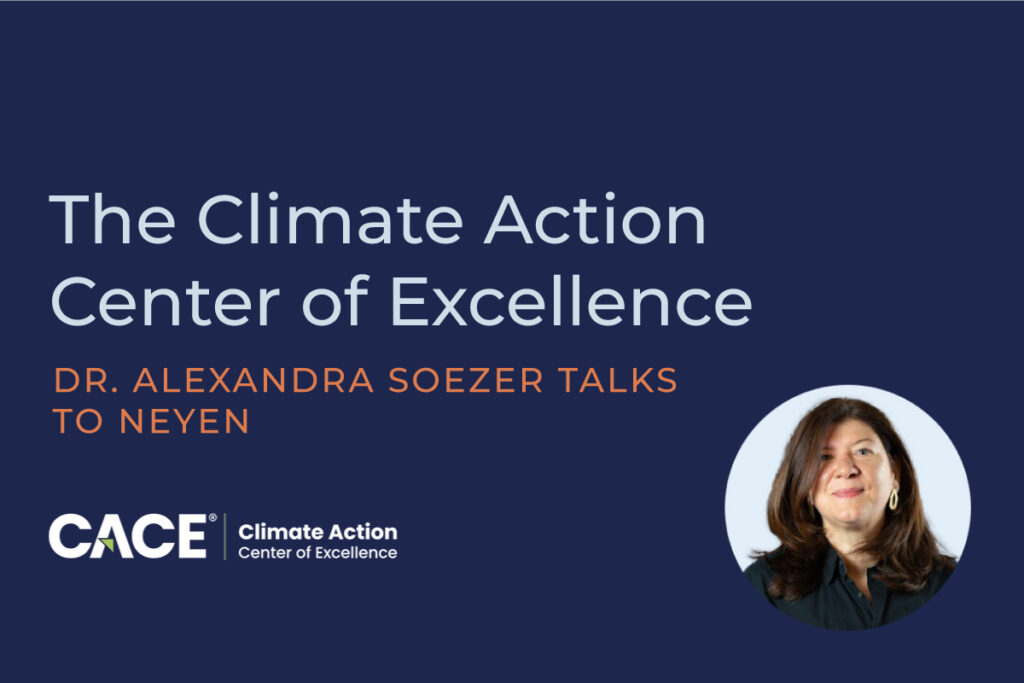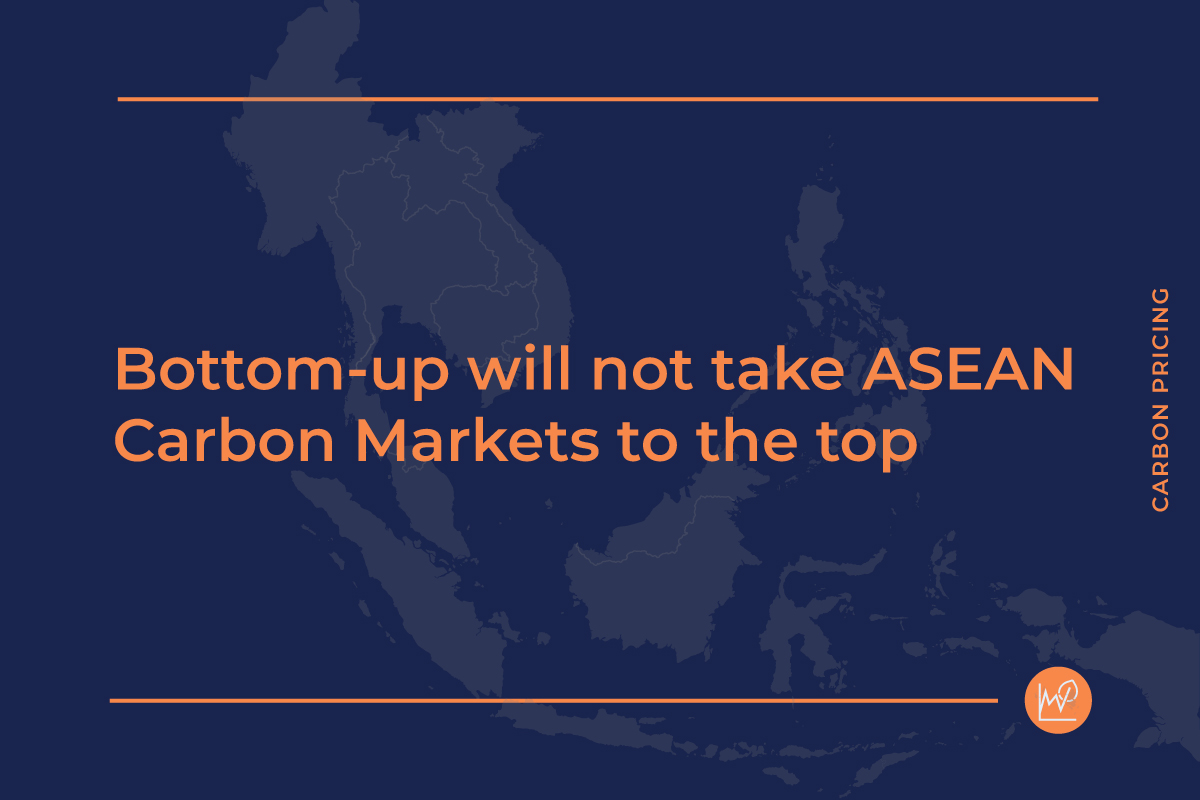What is the Climate Action Center of Excellence?
The Climate Action Center of Excellence (CACE), established in Doha, is a strategic step forward in our global climate efforts. It’s designed to significantly accelerate the implementation of the Paris Agreement, with a key focus on achieving decarbonization by the middle of this century. The CACE stands out due to its location in a region that’s ripe for economic and technological advancement, positioning it as a crucial player in the global climate dialogue.
CACE’s role is multifaceted. It operates under the guidance of Article 6 of the Paris Agreement and aligns its initiatives to support sustainable economic growth, while also addressing the urgent challenge of climate change mitigation. Let me elaborate on its main functions:
- Capacity Building & Technical Assistance: CACE’s approach here is comprehensive. It involves training government teams and private sector representatives through various methods, including in-person trainings, webinars, and online courses. A key aspect of this is developing regulatory frameworks for implementing Article 6.2, which is foundational for establishing robust carbon markets. Additionally, the establishment of an A6 Academy is on the cards to further empower governments and private sectors in participating effectively in carbon markets.
- ITMO Market Development: In the realm of ITMO (Internationally Transferred Mitigation Outcomes) Market Development, CACE is taking a proactive approach. It plans to establish ITMO auctions, which will not only create a success story for the ITMO market but also provide a transparent and strong pricing signal for these outcomes. The auction platform is envisioned to be secure and feature-rich, facilitating seamless connections between different stakeholders.
- Accelerated Decarbonization: This area is particularly ambitious. CACE aims to drive significant global impact through initiatives like the phase-out of carbon-intensive coal power plants, transitioning to cleaner alternatives like natural gas. This effort aligns with Article 6.2 of the Paris Agreement and offers a market-based solution to assist countries in achieving their climate targets.
In addition to these pillars, CACE also focuses on three cross-cutting thematic areas:
- Enabling Digital Technology: Here, the focus is on managing ITMO exchanges with utmost integrity and reliability, ensuring no double counting occurs. This involves utilizing platforms like the Global Carbon Registry and integrating with established systems like CORSIA and the Singapore Carbon Tax.
- Environmental and Social Safeguards: CACE emphasizes the importance of responsible project development. It offers tools for governments to assess and manage the social and environmental impacts of their projects, aligning with internationally recognized standards.
- Strategic Global Communication on Social Safeguards: Communication is key, and CACE aims to lead in documenting and sharing successful practices. This involves managing information and knowledge sharing to support the scaling and replication of effective Article-6 approaches.
In summary, the CACE is more than just an institution; it’s a dynamic ecosystem that fosters sustainable growth while addressing climate change imperatives. It’s a testament to our collective commitment to a greener, more sustainable future.
Who are the backers?
The CACE is supported by a key player in the sustainability field, the Gulf Organisation for Research & Development, commonly known as GORD. GORD is a non-profit research and development (R&D) entity that’s well-respected in the global sustainability community. Their headquarters is located in the Qatar Science and Technology Park, which is a hub for innovation and technological advancement.
GORD’s work is comprehensive and multi-dimensional, targeting all relevant aspects of sustainability and aligning with the Sustainable Development Goals (SDGs) set by the United Nations. This alignment is not just in theory; it’s embedded in their practical approach to addressing global sustainability challenges.
In line with Qatar National Vision 2030, GORD’s commitment goes beyond local boundaries, focusing on driving sustainability solutions both regionally and internationally. Their work spans various critical areas, including research and development, setting standards in the sustainability sector, green buildings certification, and capacity building. Additionally, they provide advisory services and performance testing, which are essential components in the advancement of sustainable practices.
What are the specific goals for the Climate Action Center of Excellence (CACE) in 2024?
One of the key objectives for CACE in 2024 is to initiate and foster partnerships across various sectors. This includees engaging with governments, the private sector, academia, and civil society. The idea is to create a unified and powerful front against climate change. By pooling resources, expertise, and efforts, CACE aims to amplify the impact of these collaborations.
Leveraging Doha’s strategic position as a global financial and economic hub, CACE plans to connect with influential stakeholders. This is crucial for rolling out support to both public and private actors. The focus here is on operationalizing cooperative approaches under Article 6 of the Paris Agreement. This involves facilitating the implementation of market-based approaches to climate action, which is a cornerstone of Article 6.
Ultimately, the overarching goal for 2024 is to escalate the ambition of climate actions. CACE seeks to be a driving force in this escalation, pushing for more significant, more impactful, and more innovative climate solutions. It’s about taking decisive steps now, to shape a sustainable and resilient future.
Can you tell us about your new role and what you want to achieve?
As the Director of the Center, my role is both exciting and challenging. I’ll be working hand-in-hand with a talented team and colleagues, focusing on expediting the implementation of the Center’s key pillars. A significant part of my job involves operationalizing Article 6 capacity building and readiness support. This means not just conceptualizing but actually bringing to life the solutions, identifying and leveraging project financing instruments, and overseeing project implementation.
A crucial aspect of my role is strategic impact communication. It’s essential to enhance the visibility of the Center, not just locally but also on a regional and global scale. Communicating our successes, learnings, and strategies effectively will be key to our growth and influence.
My core objective for this year is to substantially boost the readiness of as many countries through center as possible. It’s vital that governments participating in Article 6 are making well-informed decisions about their involvement in cooperative approaches. This is where my role becomes pivotal – guiding these governments, offering insights, and ensuring they have the tools and knowledge needed to participate effectively.
I’m also focused on the immediate operationalization of Article 6, anticipating several new bilateral and unilateral engagements worldwide. Working with a team of highly skilled experts, we aim to initiate actions that are tangible, transformative, and scalable. The end goal is to contribute meaningfully and ambitiously to the objectives of the Paris Agreement.
In essence, my role as Director is about turning vision into reality, ensuring that our actions today shape a sustainable and resilient future. It’s about leading a team towards achieving impactful climate actions that align with the Paris Agreement’s goals.
What are the biggest challenges for Article 6 adoption given the setback at COP28?
The adoption of Article 6, particularly in the aftermath of COP28, presents a complex landscape. Despite the agreement on Article 6.2 rules and guidelines at COP26 in Glasgow, there are several challenges that we need to navigate.
Firstly, we are witnessing an increasing number of countries and corporations showing interest in bilateral agreements under Article 6.2. This is a positive step as it shows a growing commitment to ensuring that the credits bought are not only NDC-additional that avoids double counting but also fully integrated into the Long-Term Low Emission Development Strategies of the selling countries. However, the negotiation and implementation of these agreements can be complex and time-consuming.
The development of Article 6.4 also presents its own set of challenges. While it’s expected to provide guidance on baseline setting and demonstrating additionality, the technical details are still being finalized. The concern here is that, due to these ongoing deliberations, Article 6.4 might not significantly impact carbon projects for the current NDC cycle leading up to 2030. The time constraints to implement projects and generate sufficient emission reductions for those requiring carbon revenues for viability are indeed pressing.
Another critical challenge is the requirement for emission reductions to be generated and utilized within the same NDC cycle, without the possibility of rolling them over to the next cycle. This stipulation limits the scalability of market mechanisms aligned with the Paris Agreement during this NDC cycle.
However, despite these challenges, it’s important to recognize the urgency of the climate crisis we’re facing. Inaction is not an option. I want to commend the ambitious countries that are moving forward with the guidance available. These forerunners are setting an example and paving the way for broader adoption and implementation of Article 6, despite the complexities and challenges. Their efforts are essential in our collective journey towards more effective and impactful climate action.




